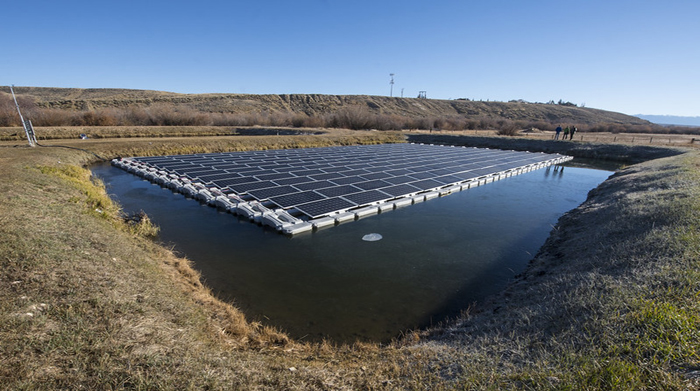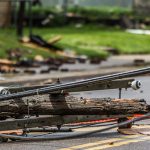NERC Publishes Distributed Energy Resource Strategy Document

Image courtesy of National Renewable Energy Lab under Attribution-NonCommercial-NoDerivs 2.0 Generic License, resized to 700 x 391 pixels.
The North American Electric Reliability Corp. (NERC) recently published a study entitled “Distributed Energy Resource Strategy” that provides a roadmap for integrating tens of thousands of megawatts from new distributed energy resources (DERs) into the power grid through 2031. Not surprisingly, the biggest caution flag mentioned in the document is the importance of cybersecurity.
Key Points of NERC’s Distributed Energy Resource Strategy Publication
The NERC report predicts that solar capacity in particular will grow by more than 30,000 MW from 2022 to 2031. The downside of this growth is an exponential increase in hacking vulnerability, as DERs like rooftop solar systems are often internet-connected and tend to lack effective cybersecurity requirements. Furthermore, an aggregator could control thousands of individual devices, creating many backdoor access points for malicious actors.
Currently, the risk is negligible, but if the report’s predictions hold true, the risk will substantially increase in short order. For example, an October DOE report concluded that a cyber-attack on DER infrastructure would have only a small impact on reliability in 2022. But the risk will grow rapidly, as DER capacity is expected to quadruple in less than 5 years.
In response to these emerging risks, many industry players are working to shore up DER cybersecurity. For example, the Federal Energy Regulatory Commission (FERC) is currently gathering input on new cybersecurity requirements for DERs on the bulk electric system.
But until cyber-standards are put in place for DERs, there will be risk. In true yin and yang fashion, on the one hand the growth in DERs will help grid reliability by limiting the widespread impact of an outage. But on the other hand, it adds risk to reliability due to the cybersecurity issue. I have no clue how this yin and yang will pan out, but one thing’s for sure – the publishing of NERC’s Distributed Energy Resource Strategy is a great place to start.



